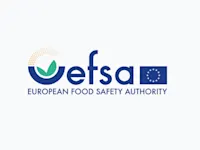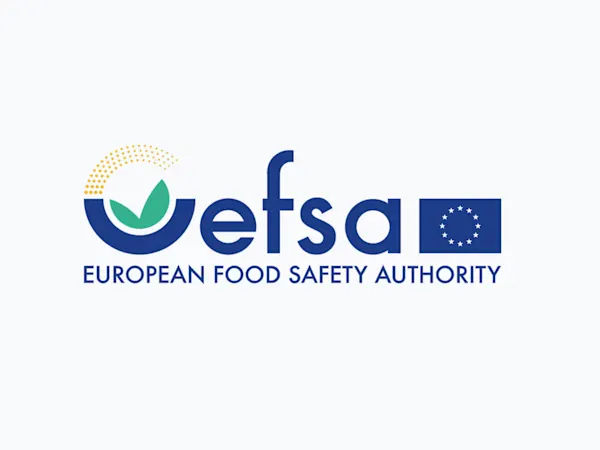
EU Ministers Press Commission on Delayed REACH Revision Amid Industry and Environmental Demands
EU Member States urge the Commission to accelerate the REACH revision, citing urgent health, environmental, and industry competitiveness needs.


The French Agency for Food, Environmental and Occupational Health Safety (ANSES), acting on behalf of the French Ministry of Ecological Transition, has officially classified tris(4-nonylphenyl, branched) phosphite (CAS RN: 26523-78-4, EC No: 701-028-2) as an endocrine disruptor for the environment. This classification follows an extensive substance evaluation process under the European Union’s REACH regulation, prompted by significant concerns about the chemical’s potential risks to environmental and public health.
The substance, widely used as an antioxidant in the production of polymers, was initially selected for evaluation due to its potential persistence, bioaccumulation, and toxicity (PBT/vPvB properties), alongside its widespread consumer use and the associated exposure of sensitive populations. During the evaluation, additional concerns emerged regarding the substance's ability to degrade into 4-nonylphenol, branched—a well-documented environmental endocrine disruptor.
ANSES’s thorough evaluation confirmed that tris(4-nonylphenyl, branched) phosphite poses considerable environmental risks, primarily due to its degradation products. The substance was found to release 4-nonylphenol, branched, in concentrations that are harmful under environmental conditions. This degradation product is particularly concerning due to its capacity to interfere with the hormonal systems of wildlife, leading to adverse effects on reproduction and development in aquatic and terrestrial organisms.
As a result of these findings, tris(4-nonylphenyl, branched) phosphite will now be classified under the CLP regulation with the hazard statement: "May cause endocrine disruption in the environment." This new classification reflects the substance’s potential to cause serious, long-term harm to ecosystems.
In response to these findings, the substance has been proposed for inclusion in the Candidate List of Substances of Very High Concern (SVHC)—the first step towards potential authorisation or restriction under REACH. This identification brings immediate regulatory obligations for suppliers, including the need to provide safety data sheets, communicate safe usage information, and notify the European Chemicals Agency (ECHA) if the substance is present in products above specified thresholds.
The risks associated with tris(4-nonylphenyl, branched) phosphite extend beyond its immediate toxicological profile. The substance’s ability to degrade into 4-nonylphenol, branched, means that even low-level environmental releases could lead to significant ecological harm over time. 4-Nonylphenol, branched, is known to persist in the environment, where it can accumulate in the tissues of living organisms, leading to biomagnification up the food chain. This can result in higher concentrations in top predators, ultimately affecting entire ecosystems.
Additionally, the substance's widespread use in consumer products, particularly in food contact materials and adhesives, raises concerns about human exposure. Although current evidence focuses on environmental risks, the potential for indirect human exposure through contaminated water or food chains cannot be ruled out, necessitating a cautious approach in its management.
The classification of tris(4-nonylphenyl, branched) phosphite as an environmental endocrine disruptor has far-reaching implications for industries that utilise this chemical. Manufacturers and downstream users may face stringent new regulatory requirements, including potential restrictions on the substance’s use in consumer products, especially those with widespread or dispersive uses. Industries involved in polymer production, coatings, and adhesives will need to closely monitor developments and prepare for possible reformulations to comply with emerging regulations.
ANSES has also indicated that further regulatory measures may be considered, including potential restrictions on the use of the substance in mixtures and articles to minimise environmental exposure. These measures align with broader EU efforts to mitigate the risks associated with endocrine-disrupting chemicals, ensuring that both human health and the environment are adequately protected.
As part of the EU-wide regulatory follow-up, France will lead the proposal for SVHC identification, with plans to advance this process by August 2024. The French authorities are also considering further analyses to determine the necessity for additional regulatory actions, including possible restrictions to prevent the release of tris(4-nonylphenyl, branched) phosphite into the environment.
This decision underscores the ongoing commitment of EU member states to protecting environmental and public health from the risks posed by hazardous chemicals. The outcome of this evaluation highlights the critical need for industries to comply with evolving regulatory standards and to seek safer alternatives where possible.
Foresight continuously tracks 1000s of sources and maps updates to your portfolio:




EU Member States urge the Commission to accelerate the REACH revision, citing urgent health, environmental, and industry competitiveness needs.

The EU has classified DBDPE as a substance of very high concern (SVHC) due to vPvB properties, affecting manufacturers and downstream users of flame retardants.

EFSA launches consultation on updating its Weight of Evidence and Biological Relevance guidance, aiming to streamline chemical risk assessment practices.
Subscribe to Foresight Weekly and get the latest insights on regulatory changes affecting chemical compliance.
Free forever. Unsubscribe anytime.
Read by professionals at